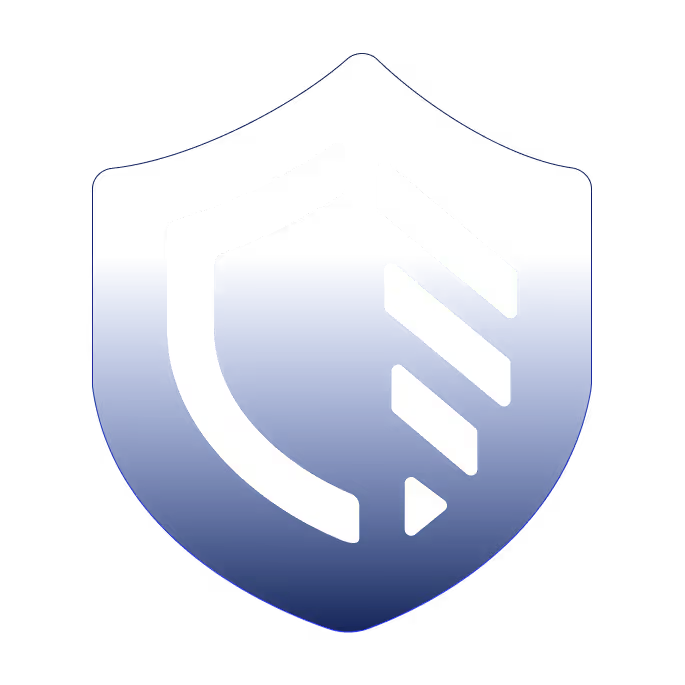Shadow SaaS—unapproved apps bypassing IdP controls—often connect to critical tools like Salesforce and Google Workspace, expanding the attack surface without oversight.


- Integrated with identity providers (IdPs) for seamless connectivity
- Provides a detailed inventory of all OAuth integrations across SaaS apps, identifying overpermissioned and unused connections
- Monitors browser activity to capture app usage patterns and flag OAuth-enabled apps with elevated permissions
- Analyzes email headers and access token duration to uncover app-to-app interactions and flag risky authorizations
- Detect all sanctioned, federated, and unfederated OAuth applications that bypass your IdP, increasing the risk of unauthorized access
- Gain insights into user details, login frequency, and authentication methods (passwords or SSO)
- Spot shared service accounts for better risk assessment
- Distinguish corporate from personal app usage
- Pinpoint apps that pose real data risks


- Analyze Shadow SaaS interactions with key business apps (e.g., Microsoft 365, Salesforce, Workday)
- Identify both active and inactive OAuth integrations for complete visibility, prioritizing deactivation of unused connections
- Correlate integrations with risk factors like elevated permissions, long-lived tokens, and suspicious access behaviors
- Gain clear visibility into inactive and over-permissioned integrations to prioritize risk mitigation effectively and control SaaS-related expenses
Start in minutes and secure your critical SaaS applications with continuous monitoring and data-driven insights.